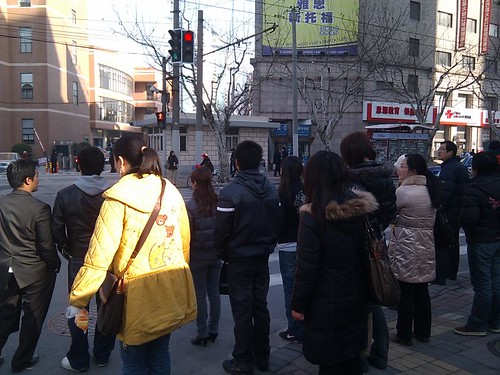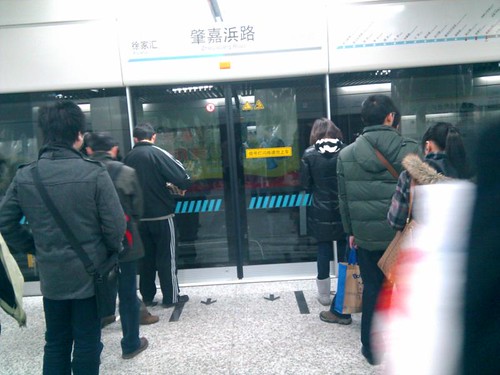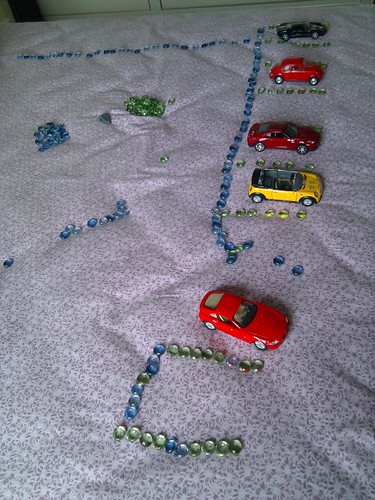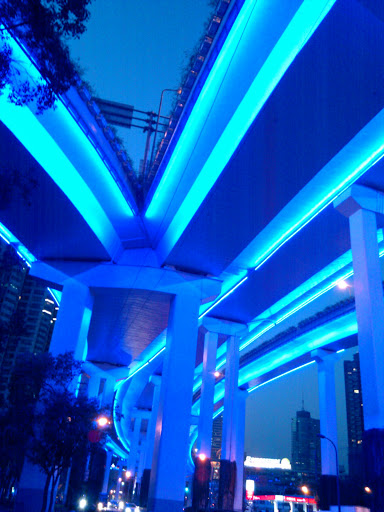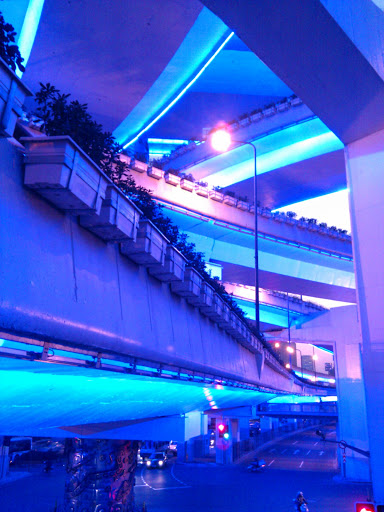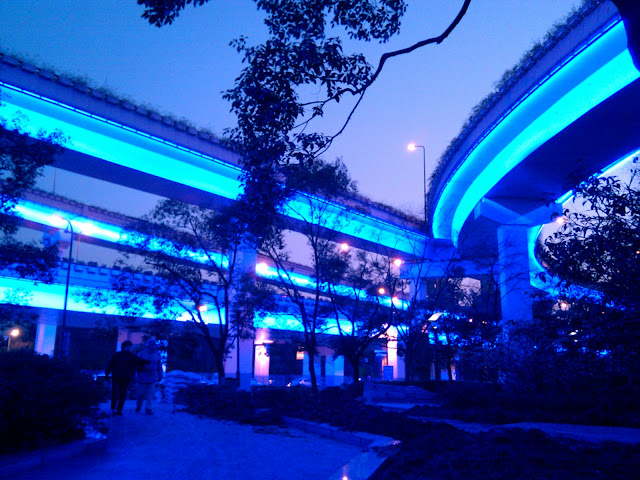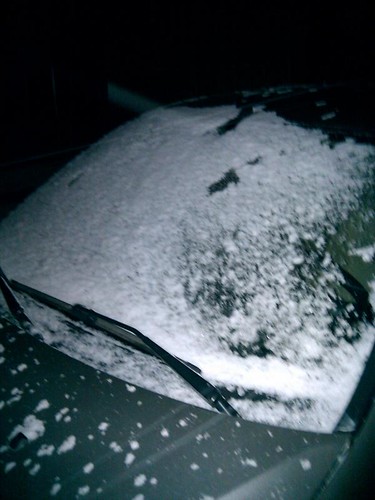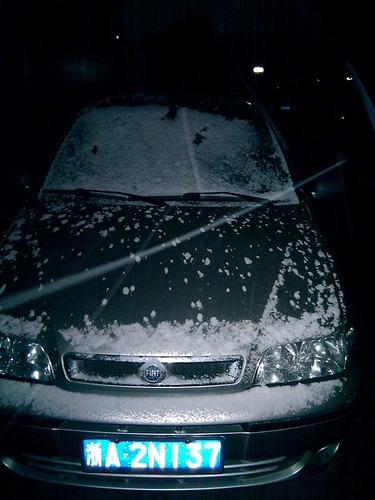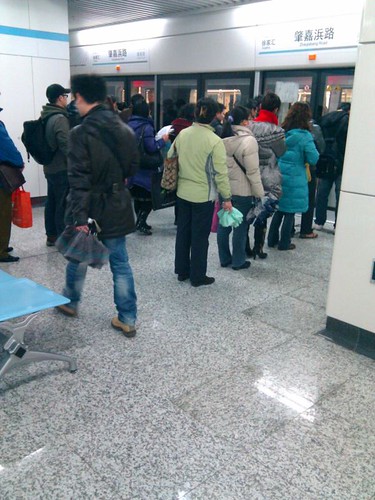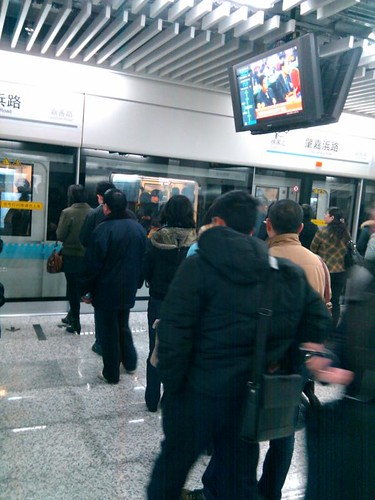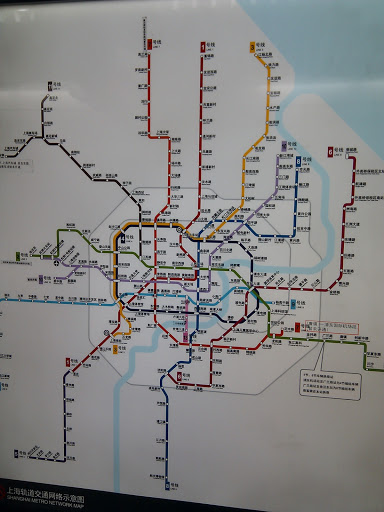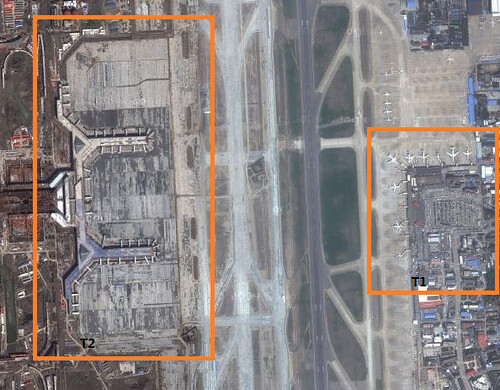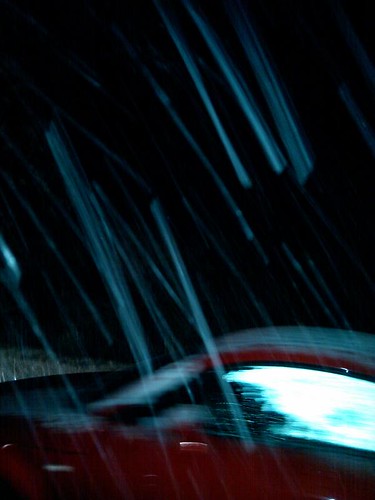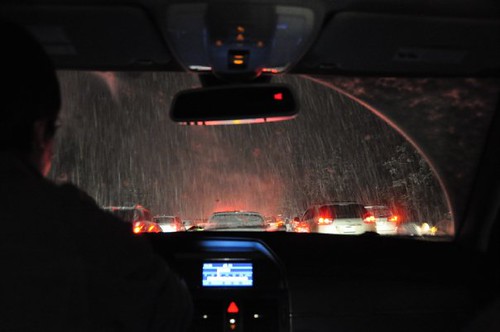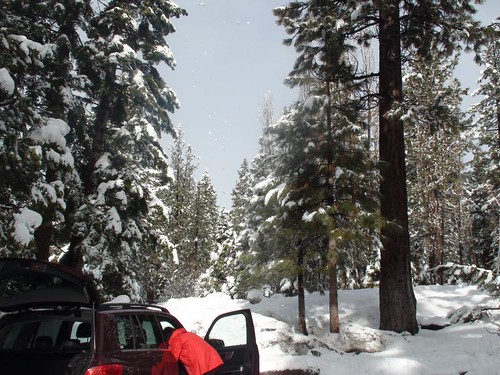During this trip, I used a strategy to change to a different hotel every one or two days depending on the price, and my meeting location, to optimize for both budget, and diversity of my stay, and get some idea about what is the best hotel fitting my needs. Here are the list:
2/20 – 2/21 via Expedia, Travelodge Palo Alto, $67, 3945 El Camino Real, Palo Alto, CA 94306
2/21 – 2/22 via Expedia, Creekside Inn, $79, 3400 El Camino Real, Palo Alto, CA 94306
2/22 – 2/24 via Expedia, Comfort Inn, Palo Alto $94 3945 El Camino Real, Palo Alto, CA 94306
2/24 – 2/25 via Hotwire, Holiday Inn Express Hotel & Suites Belmont $54 1650 El Camino Real, Belmont, CA, 94002
2/25 – 2/26 via Priceline, Holiday Inn, San Jose 1740 North First Street, San Jose, CA 95112
2/26 – 2/28 via Tina, Kingswood Village, $30, 1001 Commonwealth Dr., Lake Tahoe
2/28 – 3/2 via Hotwire, Crowne Plaza, San Francisco Airport, $67 1177 Airport Boulevard, Burlingame, CA 94010
OK. Here is the payload: My reviews. Interestingly, Comfortable Inn is my favorite place to stay. That was a surprising finding during this trip.
2 Star Hotels: Super 8, Comfort Inn, Travelodge
The lowest end of all the places I stayed in are the three: Super 8 (I stayed for few nights the last trip), Travelodge, and Comfort Inn – they all look similar. Their locations are not at inter-state highway in Palo Alto, and the have a L shape building with two floors, leaving the large space as parking lot. These hotels are small, with one part-time reception (not 24 hour service) at the entrance, and all the rest are hotel rooms. They offer breakfast – bread + orange juice… To me, the three hotels are of the same level. Actually, they are the same: 2 star in the hotel rating system.
The difference is, Comfort Inn offers much better quilt than the other two. I was frozen to wake up several times during the night. The quilt is as thick as paper – pardon my exaggerated statement. The quilt of Comfort Inn is relatively the same standard as Creekside Inn, Holiday Inn…
2.5 Star Hotels: Holiday Inn and 3.5 Star Hotels: Creekside Inn, Crowne Plaza
I stayed in two Holiday Inn, one in Fremont, and another in San Jose. They are, as my personal experience, Holiday Inn standard. Holiday Inn Express offer free parking, and free breakfast. The Holiday Inn San Jose offers, in their term, full service breakfast, which is , my term, expense breakfast.
All these hotels have huge buildings and many guest rooms. It is a maze to navigate with just a room number + a map (on which the reception was kind enough to place a dot indicating my room). The guest room is for sure far from the parking lot, and some includes stairs and elevator trips.
Crowne Plaza even charged $16 for over night parking, and $9.99 for Internet access – robery!
I hate Super 8 and Travelodge because it is noisy – the key driver for me to look for other hotels to stay, but these higher star hotels are even more noisy.
Super 8, Travelodge, and Comfort Inn are along El Camino Real, the main local road, and Holiday Inn, Crowne Plaza are facing US-101! When the busiest highway in the area running outside your bedroom window, it is not going to be quiet night.
Convenient vs Luxurious
At the end of the day, I started to appreciate hotels that is
- Simple (simple design and simple facility that I can understand at a glance)
- Small (with limited hotel rooms, that I can access my door easily)
- Free parking, Internet, and breakfast. (Free is not just free, it is convenient. I don’t need to talk with reception, waiting for a code to be delivered before I use parking or internet.)
- Local (I would rather be close to a local community, rather at a transportation hub that no one besides travelers stay)
Finally, after sampling all the hotels, the dream of fancy hotels faded out. I know what I need – a simple place like Comfort Inn is what I need. The next step is to find a way to book at below $50. (any ideas?)
That gave me the inspiration of product design – a simple, easy to understand, and free product / service is better for most people, than a fancy, full-function, luxurious one.

